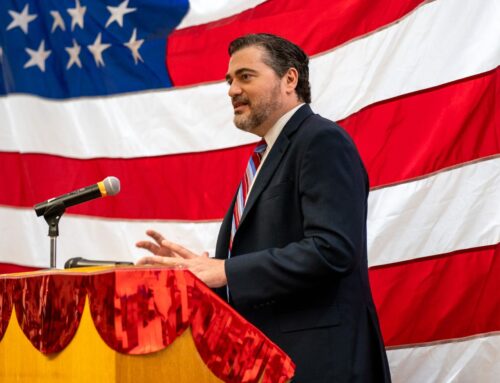January 22, 2020 | Dees Stribling, Bisnow National
In November, the price of a U.S. permanent residency visa through the EB-5 program jumped by 80%, and the federal government tightened the rules on what qualifies as a legitimate EB-5 investment.
In response, demand for the visas has slowed significantly, experts tell Bisnow, because EB-5 is either beginning a long slide into irrelevance as a source of capital, or a pause as investors adapt to the new reality — depending on who you ask.
The new rules specify that investors must commit $900K in Targeted Employment Areas, up from $500K, or $1.8M for projects outside TEAs, up from $1M.
The new rules also make it much harder to invest in areas that aren’t in need of economic stimulus, one of the chief criticisms of a program that was used to funnel $1.2B in low-interest investor loans to the $25B über-luxury development Hudson Yards.
The new rules — and consequent drop in investment activity — are only the latest tumult for EB-5, which has had a bumpy run as it enters its 30th year as federal immigration policy.
Now that the investment requirements are higher, investors will likely scrutinize the deals more closely than before, Mark Migdal & Hayden attorney Isaac Marcushamer said.
Even so, the new regulations do nothing about potential conflict of interest arising from attorneys representing both sides of the deal, and cultural differences mean that non-U.S. investors might not be aware of the problem, Marcushamer said.
“In the U.S., a lawyer can’t serve two masters,” Marcushamer said. “That concept isn’t universal.”
As long as there is geopolitical instability, there will be demand for the EB-5 program, Marcushamer said, and so a spotlight needs to go on cases of fraud and mismanagement.
“If you have poor management, it’s going to go poorly, and it isn’t that hard to take advantage of investors,” Marcushamer said. “Real estate deals can go catastrophically bad in an EB-5 context.”




